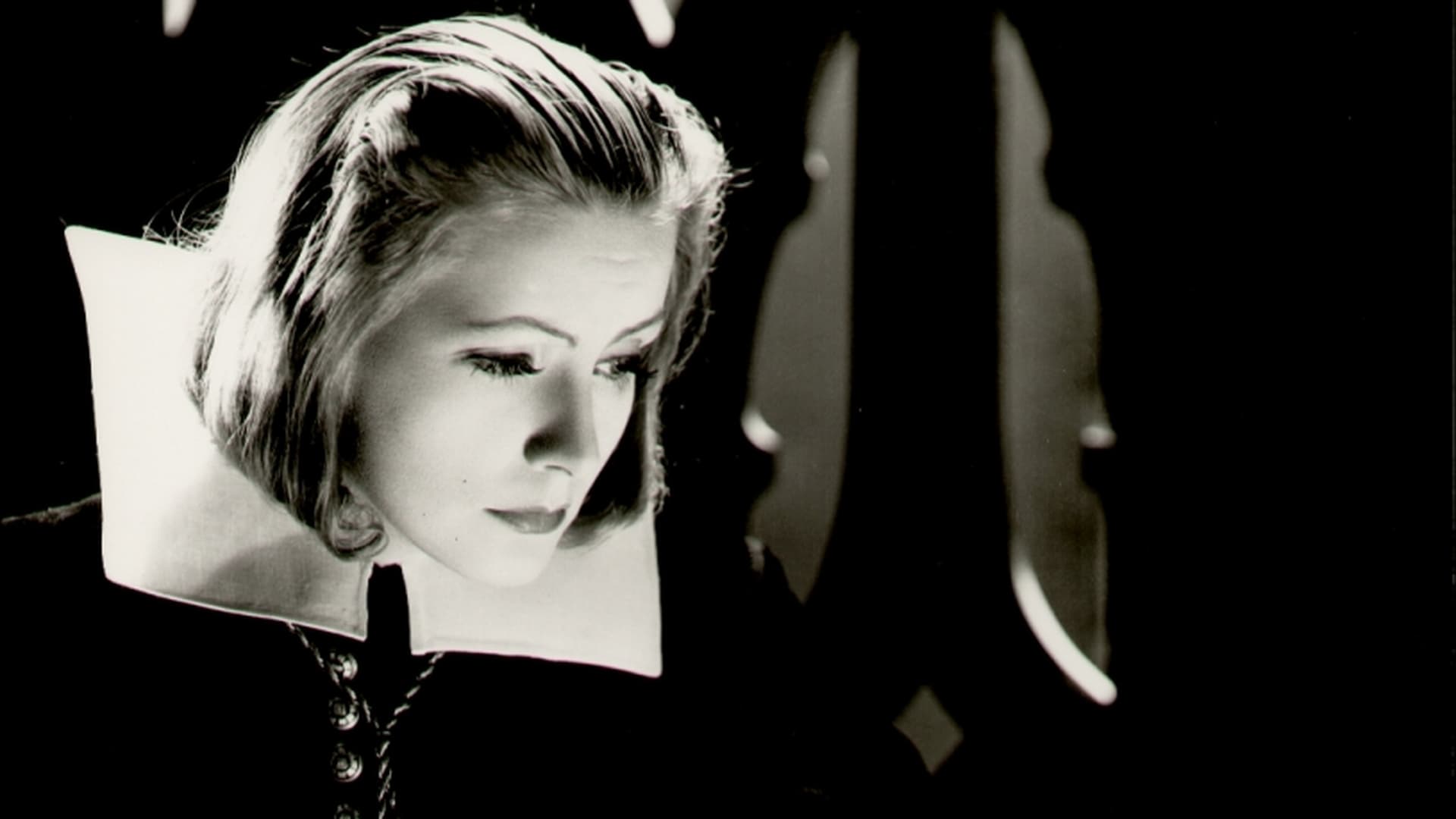Tag: representation
-

SCARFACE and the Italian
In the United States during the early 1930s, Prohibition became a gateway for criminal activity that led to a fight for control over the different aspects of illegal goods and services. This new era of criminal underworld, brimming with riches ripe for the taking, attracted the likes of those such as Al Capone, Charles “Lucky”…
-

Queer Christina: The Representation of LGBT Characters in Pre-Code Era Films
Historically, the representation of queer characters in film and onscreen is very poor. They are often one-dimensional stereotypes portrayed through gender inversions — the gay “pansy” or the “butch” lesbian. Despite the presence of LGBT persons in front of and behind the camera, showing homosexual characters in the early years of Hollywood “in anything but…